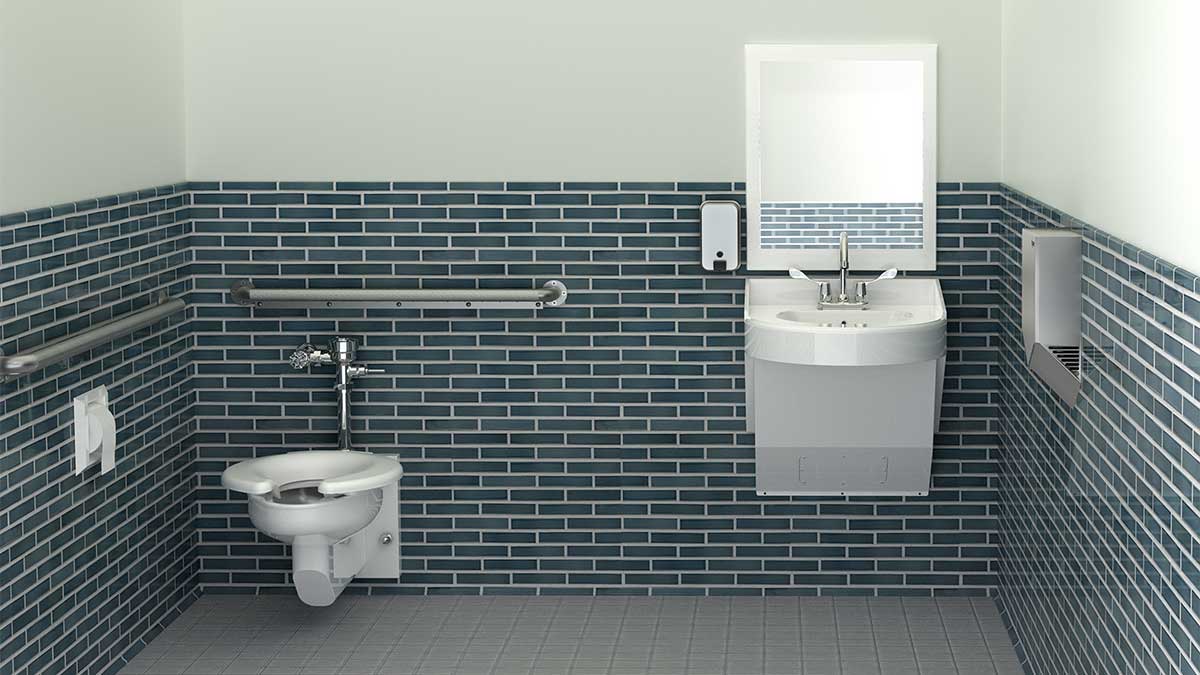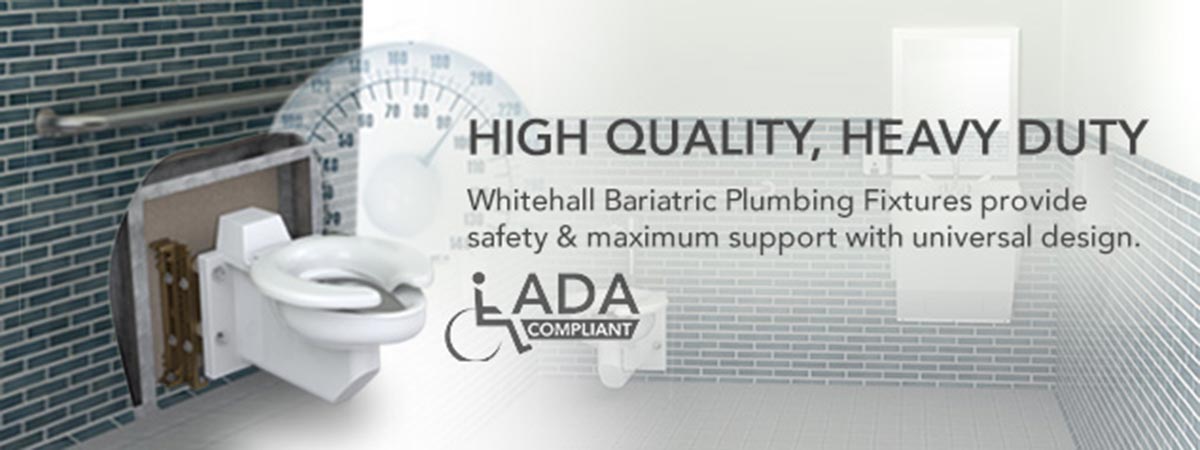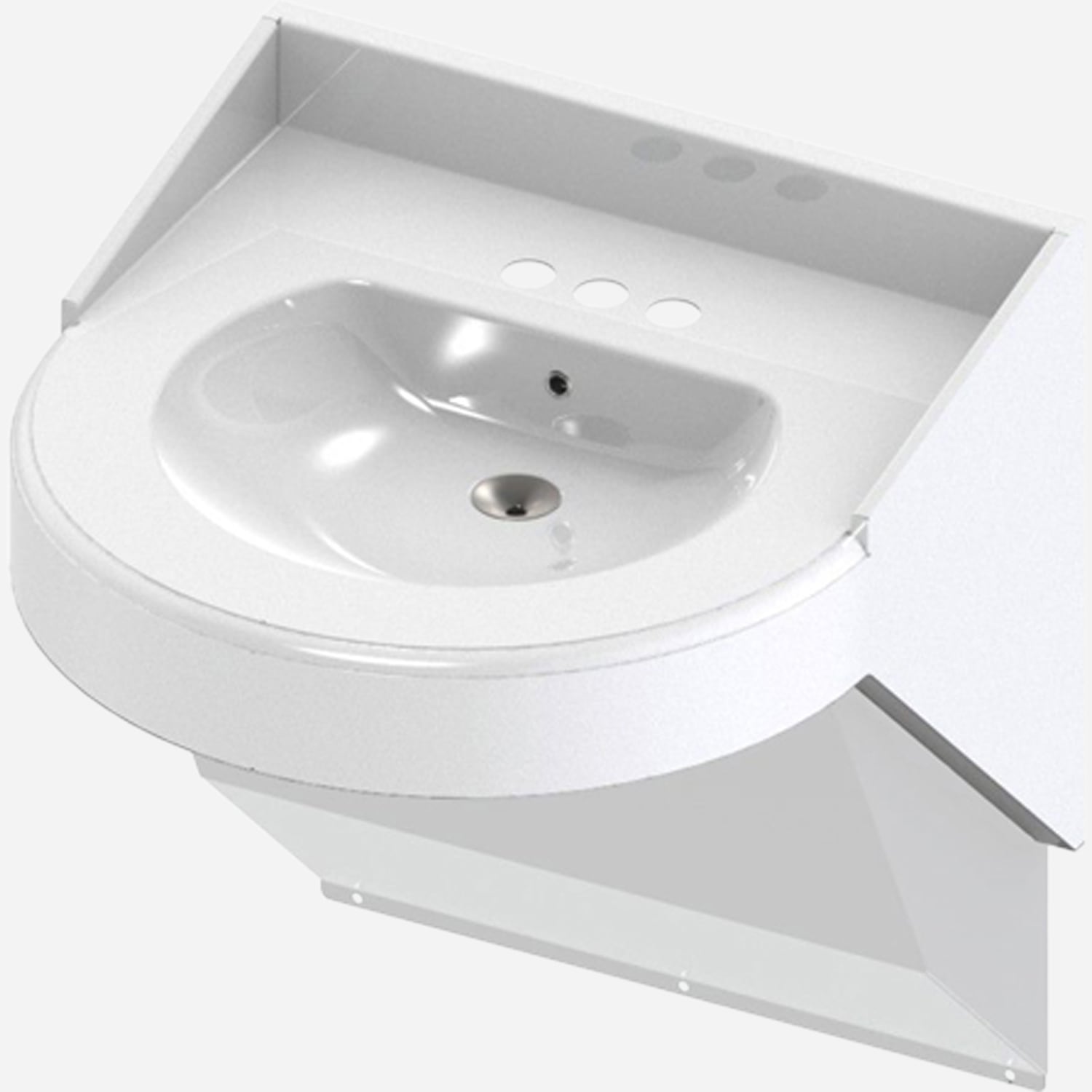
This post was originally published Oct. 16, 2018, and has been updated with the most recent statistics, as well as information regarding obesity and COVID-19 complications.
Designing healthcare spaces with bariatric patients in mind has become a pressing need.
The prevalence of obesity in American adults has continued to increase in recent years, with the latest information indicating 42.4 percent, up from 38.9 percent the previous year.
Healthcare providers are apt to interact with a relatively higher percentage of obese patients due to related conditions such as heart disease, stroke, type 2 diabetes and certain types of cancer, driving them to seek treatment.

A boom in bariatric surgical procedures is also bringing an ever-increasing number of obese patients to healthcare providers. In addition, obesity has been shown to increase the risk of complications in patients with COVID-19, making hospitalization three times more likely.
Unfortunately, the vast majority of U.S. hospitals are grossly under-equipped to accommodate the growing number of overweight patients. You need look no further than a typical patient room, and particularly the patient bathroom, for proof.
Toilets for Bariatric Patients
At first glance, nothing in the patient bathroom seems out of the ordinary, but ordinary is precisely the problem. The toilet you find in a patient room is most likely a standard vitreous china, or porcelain, toilet. At best, these toilets—though marketed for bariatric use—are made to hold 350–500 pounds of static load.
Static load is tested by slowly placing a weight on the seat to prove the toilet can withstand that weight. However, the action of a 350 plus pound patient sitting on a toilet is considered dynamic load, which is quite a different concept. Some call this the “plop factor,” and without diving too deeply into the physics involved, the pressure exerted on the toilet can be significantly higher than 350 pounds. That pressure can damage or even shatter a porcelain toilet.
While it is time-consuming and expensive to replace toilets, it’s nothing compared to the danger of a broken porcelain toilet to the unlucky user. Broken vitreous china can be as treacherous as shattered glass.

We recommend stainless steel toilets for their inherent durability, as they can withstand over 2,000 pounds of static load and a far heavier dynamic load than china toilets.
In the past, we’ve recommended a floor-mounted toilet for added safety and stability, but now we are confident in the performance of our wall-mounted stainless steel toilets when paired with a bariatric carrier. This option leaves enough space between the fixture and the floor for mopping, allowing for easier cleaning.
With the vast array of powder coatings available, no one will even know it is stainless steel and not china.

Sinks for Bariatric Patients
The patient sink should also be able to withstand heavy loads. Patients often have mobility issues related to their disease, surgery, or even the medication they are taking.
They often lean their weight against the sink, using it for leverage when standing up from the toilet or simply using it as a resting point between bed and bathroom.
To ensure patient safety, it’s important that appropriate fixtures, capable of handling heavier loads, be selected. Whitehall bariatric sinks will support 1,000 pounds with the proper wall carrier. These sinks are stainless steel for extra strength and fit ADA, behavioral healthcare, and bariatric needs. The white powder coating offers a more pleasing aesthetic.
Outfitting just a few patient rooms for bariatric needs is no longer an efficient use of space given the statistics above. We recommend a universal design approach—creating areas that are suited for everyone regardless of their ability, age, size, or mental state. Universal design ensures that each room is designed, built, and equipped to welcome any and every patient.
